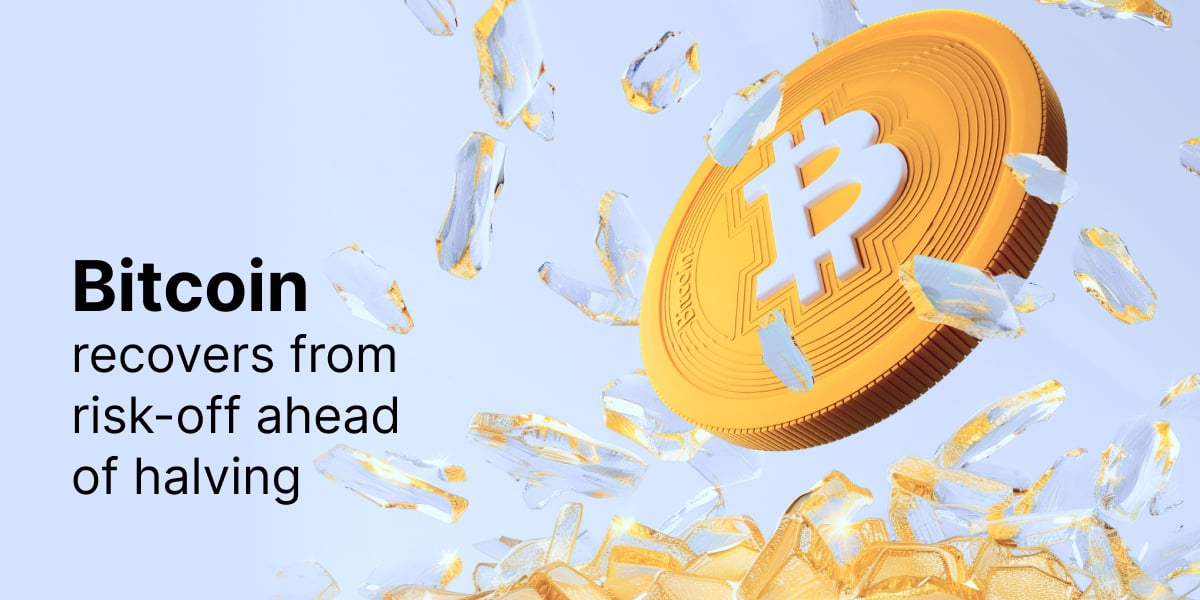The launch of the EOS token sale in June 2017 marked not only the first and only time such a funding model had been used by a cryptocurrency, but also the beginning of a string of projects that aimed to replicate and improve upon the success that Ethereum had already gained with their concept of a programmable digital currency.
The EOS initial coin offering (ICO) has vastly outperformed any others to date, with total funding raised over the period of a year being $4.197 billion.
Not only did EOS outperform all other crypto token sales, but it was actually the most successful single fund-raising campaign of 2017/18, with even the largest Wall Street IPO of 2018 during the same period being, AXA Equitable Holdings, raising significantly less at $2.8 billion.
But even with EOS now becoming an icon of the hype and success of 2017’s ICO boom, the project has been plagued with issues surrounding over-centralization and who has control over the EOS network, which has contrasted an otherwise meteoric path into the largest 10 cryptocurrencies in the world.
The History and Creation of EOS
EOS was originally developed by renowned blockchain developer and pioneer, Dan Larimer. Larimer founded decentralized exchange, Bitshares, and decentralized social media platform, Steemit, and created the Delegated Proof of Stake (dPos) consensus mechanism, as well as originally proposing the concept of decentralized autonomous organizations (DAOs).
EOS was based upon a whitepaper released in 2017 by Larimer, and as CTO of Cayman Islands-based company, Block.One, he and the EOS development team built and released the initial EOS software in June 2018.
In May 2017, Block.One CEO Brendan Blum, CTO Dan Larimer, and Blockchain Capital co-founder and Bitcoin Foundation Chairman, Brock Pierce, took to the stage at the annual Consensus conference in New York to publicly announce the launch of EOS for the first time. One month later, on June 25th, the EOS ICO launched, with EOS trading also beginning on a number of crypto exchanges concurrently.
Important Figures Behind EOS
Dan Larimer: Larimer is one of the pivotal figures in the cryptocurrency industry, with past successes including Steem/Steemit, Bitshares, and creating the dPoS consensus system. He is a blockchain architect and engineer that took his first major step into blockchain with the development of the infrastructure, Graphene, which powered the Bitshares exchange.
Brendan Blumer: Blumer is an entrepreneur with a track record of success since the age of 19 when he sold the multiplayer online gaming space, Gamecliff, to IGE in 2005. Following a decade of other successfully exited startups, including Okay.com, Blumer met Larimer in 2016, and together they formed Block.One, one year later.
Brock Pierce: Pierce was a famous child actor who starred in films such as the Mighty Ducks series. In 2013, Pierce co-founded Blockchain Capital which, by the launch of EOS in 2017, had collectively raised $85 million in venture funding. Pierce also has a central role in the Bitcoin Foundation as Chairman, along with other well-known directors of the foundation such as Bobby Lee and Vinny Lingham.
Mike Novogratz: Prior to his move into the digital asset industry, Novogratz held positions at both Goldman Sachs and the Federal Reserve. Novogratz is the CEO of crypto investment firm, Galaxy Investment Partners, and famously claimed that 20% of his wealth was in Bitcoin and Ethereum in 2017. During 2018, Galaxy reportedly lost $136 million in trading cryptocurrency throughout the first 3 quarters of 2018.
The Technical Details of EOS
The EOS ICO
The EOS ICO began on 25th June 2017, and concluded almost one year later on 4th June 2018, with a total amount raised of over $4 billion. Never before had a major crypto project designed their token sale to last for a year. Unique to EOS also, was having the ICO run concurrently to traders being able to buy and sell the token live on exchanges at the same time.
Investors transferred ETH to a smart contract and within each 24-hour period the total number of EOS that would be distributed on that day was divided by the total amount of ETH funding that had been received. This meant that on one day, investors could transfer 1 ETH and the amount of EOS they received the day before for transferring 1 ETH could be dramatically different depending on demand for the day.
Delegated Proof of Stake (dPoS)
dPoS has shown to be one of the most powerful consensus mechanisms available to blockchain architects, based largely on allowing higher throughputs of transactions than other consensus mechanisms like Proof of Work (PoW) and Proof of Stake (PoS).
The primary mechanism of dPoS is an election process for users that perform special functions known as “witnesses” and “delegates”.
Witnesses are typically responsible for the validation of transactions and production of blocks. Delegates are typically responsible for voting on high-level changes and policies that affect how the blockchain and ecosystem function.
While centralization is a major concern within dPoS-based systems, the removal of the requirement of significant computation power not only dramatically increases potential transactional throughput, but also mitigates one of the major criticisms of PoW systems: environmental damage as a result of enormous energy wastage.
EOS Governance
EOS uses a system known as “approval voting” in order to democratically select which users are allowed to produce blocks for the blockchain, and so receive rewards for doing so.
Everything in the process is conducted on the EOS blockchain (on-chain), where users that would like to become block producers are voted on by all other EOS holders, as long as they have staked their EOS for a period of 3 days. The top 21 users then are elected as block producers, and those that are not in the top 21, but are close, become backup block producers.
Votes are measured as 1:1, where staking 1 EOS will provide you with 1 vote, and staking 100 will provide you with 100 votes. Votes can be given to up to 30 different candidates per user, with the total amount of votes available being applied to all candidates that are voted for.
This system has drawn controversy from EOS holders and outsiders, who have observed that the nature of such a system may centralize power over the production of blocks within a small group of entities. Claims of corruption have been discussed and investigated, as well as claims that “mutual voting” between block producers, or voting each other in, may have also occurred.
The EOS management has worked to address the concerns of the community, and revisions of the way that the EOS ecosystem functions to alleviate some of these issues have also been proposed.
EOS Technical Stats
Genesis Block Date: 2nd June 2018
Creator(s): Dan Larimer, Brendan Blumer.
Type: Coin
Consensus Mechanism: Delegated Proof of Stake (dPoS)
Ability to Create Other Tokens: Yes
Current Transaction Speed: 3,000+ transactions per second
Source Code Forked by Other Cryptocurrencies: Telos
Total Amount to Ever be Created: 1,024,107,853 EOS
The Financial Metrics of EOS:
Current ETH Circulating Supply: 927,407,847 EOS
Current ETH Market Cap: $3,733,034,130
All-Time High Price: $22.71
All-Time High Date: 29/4/2018
Current 1-Year EOS ROI: -8.62%
Current 2-Year EOS ROI: 142.77%
Total Number of EOS Addresses: 330,689
Where EOS is Today and Where it Will Be Tomorrow
The story of EOS has captured the attention of the cryptocurrency industry, as well as the rest of the world, for the unprecedented amount the project raised during their token sale.
EOS was also the first cryptocurrency to be proclaimed as a potential “Ethereum Killer”, noted for allowing for the production of decentralized applications upon it, combined with its potential ability to solve the scaling problems that had plagued Ethereum throughout 2017.
Since the completion of the EOS ICO, the project has worked to deliver on the high expectations that taking billions of dollars in funding creates. EOS released a paper called “Strategic Vision” in June, that outlines the areas that the project intends on focusing on, and is somewhat of a milestone proposal without set dates.
The four areas that the document mentions as focus-points are Scalability (More apps, more users), Developers (Better tooling, faster app development), Users (Greater security, less friction), and Enterprise (Greater flexibility, better compliance).
While the release of EOS’s Strategic Vision has been a positive sign for some users, others have also winced at the clear lack of mentioning the most concerning and destabilizing issue that the project faces: centralization.


